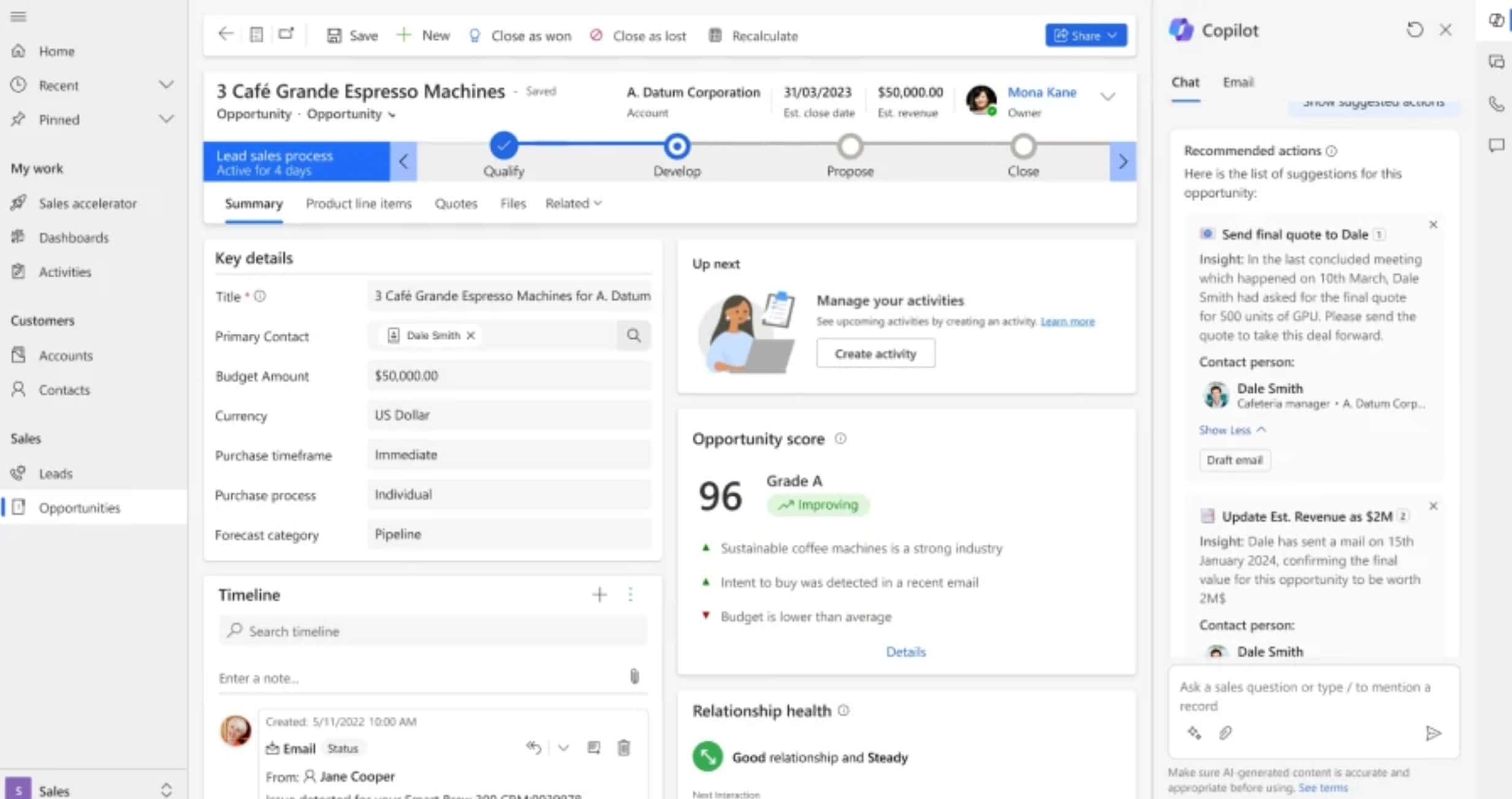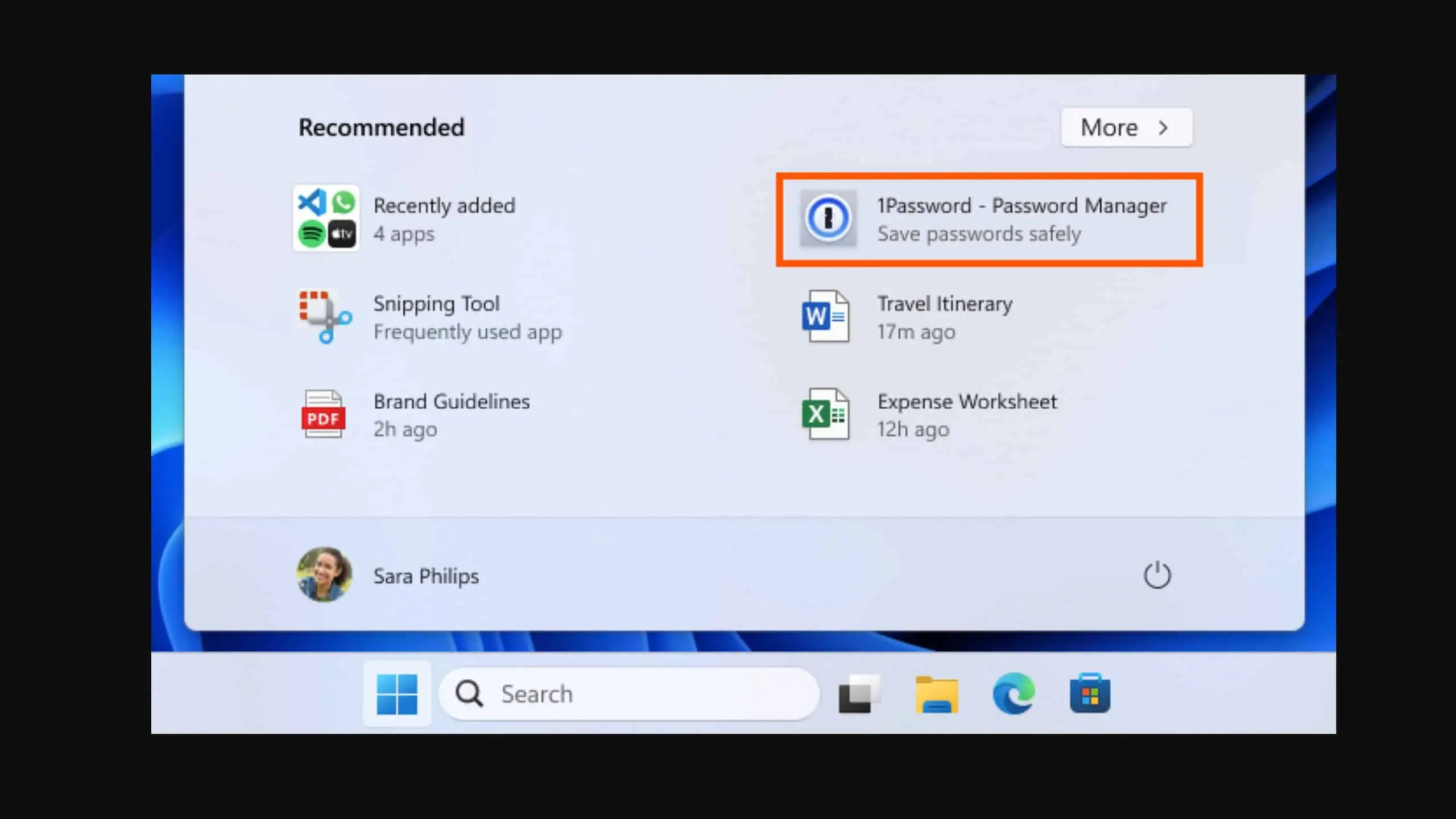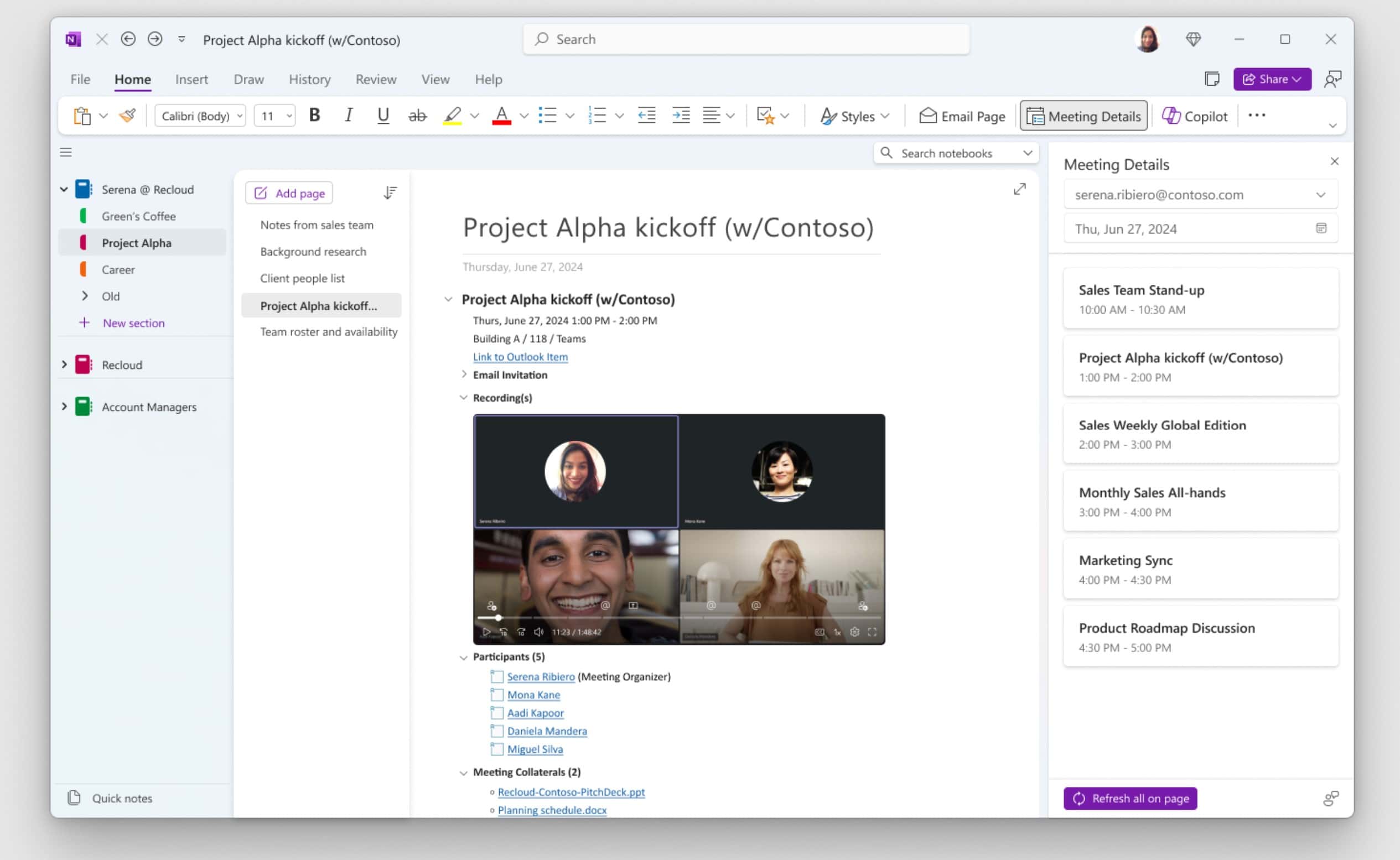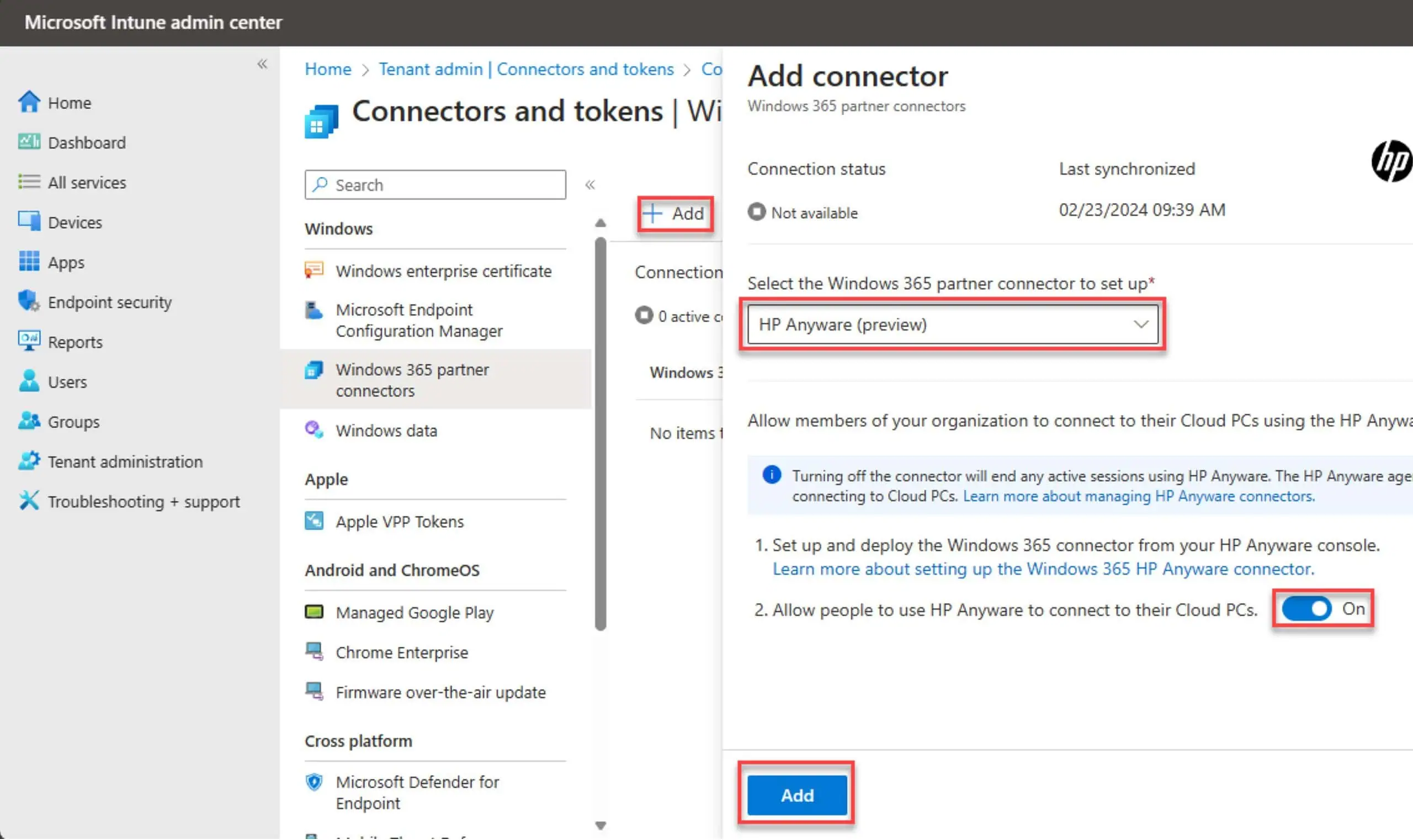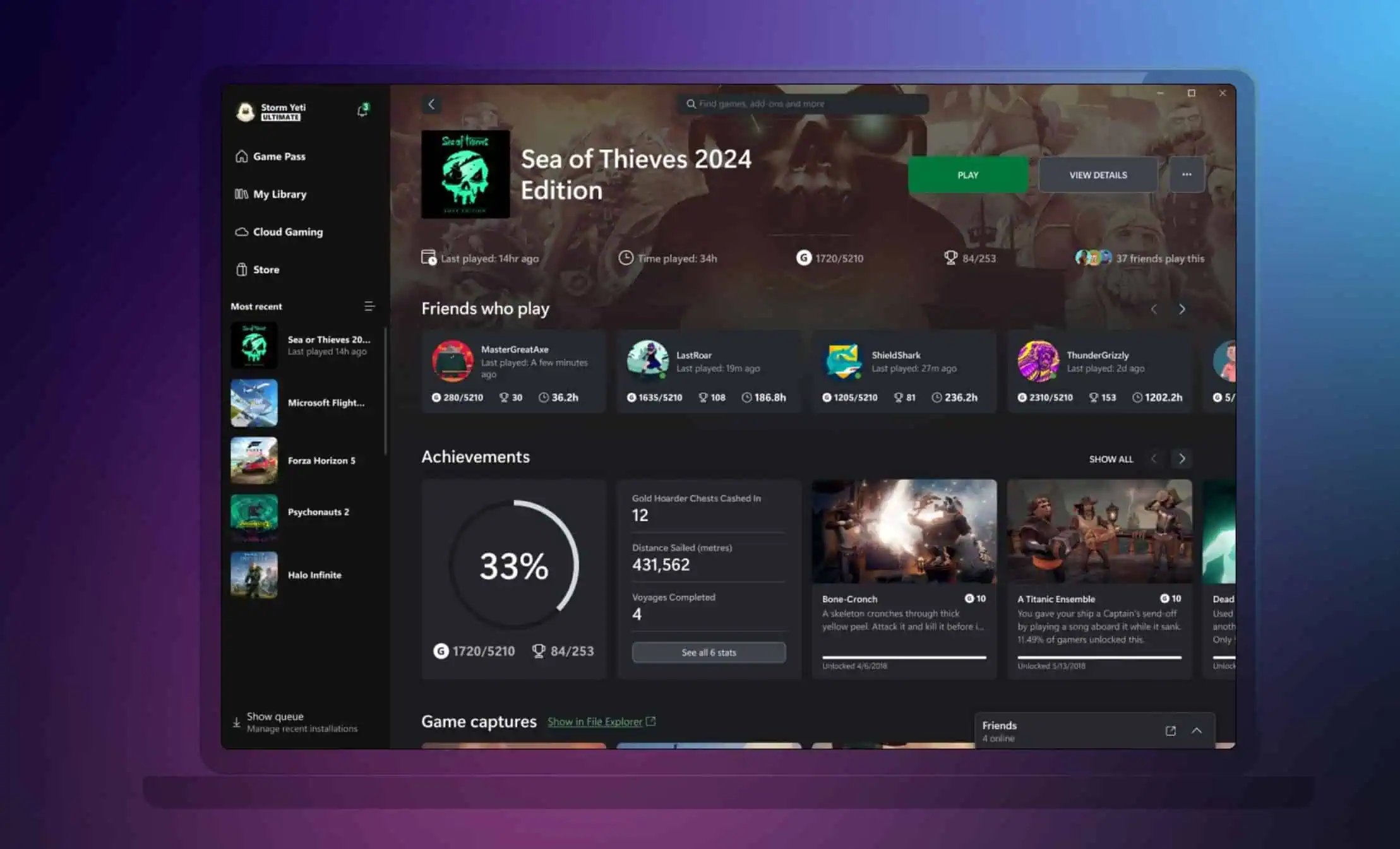AMD Announces New AMD Turbo Dock Technology That Will Power Up Windows Tablets And Hybrid PCs
3 min. read
Published on
Read our disclosure page to find out how can you help MSPoweruser sustain the editorial team Read more

AMD today announced the new Turbo Dock technology that automatically adjusts performance of the AMD accelerated processing unit (APU) higher while a hybrid PC is docked and move it to lower power consumption mode in tablet mode. This technology is expected to power Windows tablets and Hybrid PCs in the coming months. Read the press release below for more details.
SUNNYVALE, Calif. —2/20/2013 AMD (NYSE: AMD), creator of the performance tablet category, today announced a new innovation for hybrid PCs that delivers uncompromised mobile PC experiences when in tablet mode or when connected to its base keyboard. Hybrid PCs are a new market segment between full notebooks and pure tablets that AMD plans to demonstrate, along with stand-alone performance tablets, at Mobile World Congress 2013 in Barcelona, Spain next week.
AMD Turbo Dock technology1 automatically adjusts performance of the AMD accelerated processing unit (APU) higher while a hybrid PC is docked and being used for more complex tasks like content creation. Likewise, AMD Turbo Dock is designed to lower power consumption when in tablet mode, helping to save battery life and extend movie or video watching, as well as web browsing time.
“With our latest APUs, AMD aims to deliver a more complete, full-featured experience on tablet and hybrid PCs than has been available to date,” said Steve Belt, vice president of AMD Ultra-low Power Products. “AMD Turbo Dock technology delivers on that promise by dynamically adjusting to what the user is doing to provide the optimal experience and battery life whether they are watching a video, playing a DirectX® 11-supported game or building a PowerPoint presentation for work.”
AMD Turbo Dock technology is expected to appear this year on equipped hybrid systems built around the system-on-chip (SoC) codenamed “Temash” with AMD Radeon™ HD graphics. “Temash” is AMD’s latest ultra-low power, mobility processor for Windows 8 tablets and hybrids that delivers five times the graphics performance of the competition’s x86 tablet solution2. Demonstrations at Mobile World Congress will include leading-edge applications and games on both quad-core and dual-core versions of the processor built with 28nm manufacturing technology.
“IDC research shows that two of the top demands tablet owners have are speed and a high resolution display,” said Tom Mainelli, research director for tablets at IDC. “Balancing performance on high pixel density screens with user demands around battery life is essential to a great tablet experience. Technologies like AMD’s newest generation APU ‘Temash’ aim to meet those needs.”
Other premium features available from AMD-based tablets and hybrids include:
?Access to the AMD AppZone, a one-stop resource for accessing popular applications that can take advantage of the full compute capability of the processor;
?AMD Start Now technology that allows fast boot and resume from sleep times3;
?AMD Radeon HD graphics on the APU, with support for full HD 1080p resolution, HDMI output for external displays, and impressive gaming performance with Microsoft DirectX 11 capability;
?Windows 8 and Windows 7 support with backward compatibility for all Windows applications.



